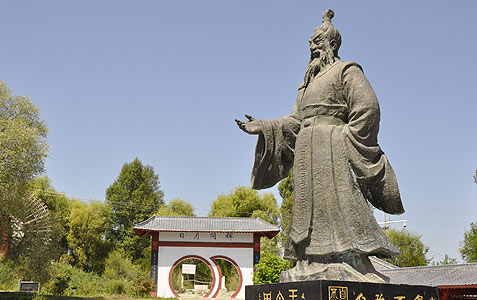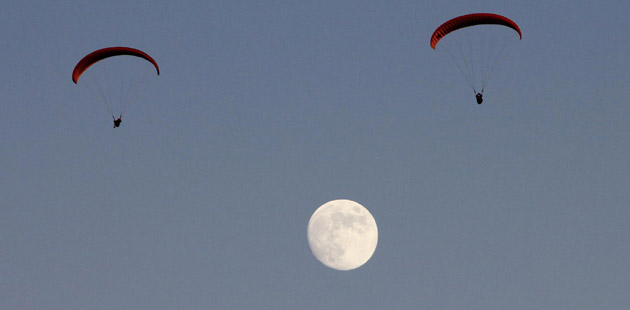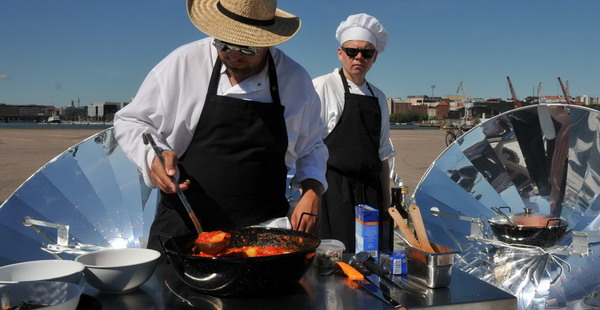Probe reveals toxins in edible bird's nests
Updated: 2011-08-18 08:01
By Zhou Wenting (China Daily)
|
|||||||||||
BEIJING - A national campaign has begun to ensure the safety of edible bird's nests after a spot check found a carcinogenic industrial chemical in samples of the food.
China's market watchdogs are being required to carry out inspections of cubilose, the edible component in bird's nests, and to order distributors to stop selling those products if they do not meet safety standards. Substandard products will be banned from shelves and destroyed, said a notice on the State Administration for Industry and Commerce's website.
The notice, which was posted on Tuesday, also called for an investigation into instances in which fake cubilose is known to have been sold.
The national inspection stems from a spot check conducted on more than 30,000 cups of red cubilose in East China's Zhejiang province. The results showed that some of the samples contained more than 350 times the amount of nitrite that health standards allow to be used in the curing of meat.
Nitrite is a toxic substance that is highly carcinogenic, food experts said.
"Frequently ingesting the chemical in small amounts will lead to chronic poisoning and cancer of the digestive system," said Fan Zhihong, an associate professor with China Agricultural University's college of food science and nutrition engineering. "It can be life-threatening in some cases."
The substandard products found in Zhejiang were mainly imported from Malaysia, according to the Zhejiang Administration for Industry and Commerce, the provincial market watchdog.
Some industry experts said it is hard to know if the nitrites occur naturally in cubilose. Others, though, said people must be to blame if the concentration of the chemical exceeds the standard by that much.
"Nitrite is used as a preservative in curing meat, and to make meat redder," said Fan Shengwu, deputy secretary-general of the Henan Provincial Restaurants Association.
"So criminals might add it to cubilose to make it the red variety, which sells at a higher price."
A salesman at a Hedantang drug store in Beijing's Chaoyang district said red cubilose often costs about 15 percent more than the white variety.
"But the red type hasn't been sold for a long time, largely because the quality and safety of the supply cannot be guaranteed," said the pharmaceuticals salesman, who declined to give his name.
Some dealers admitted to law enforcement officials in the Zhejiang Administration for Industry and Commerce that red cubilose is made from the white variety, and large amounts of nitrite are produced during that process.
Red cubilose forms after swiftlets, a type of bird, have built their nests in caves, Fan Shengwu said. Water dripping off the cave rocks carries minerals into the nests and those minerals then mix with other materials to make the substance.
"It commands a higher price because the minerals are believed to make it more nutritious and more rare," Fan said.
Experts said cubilose is subject to little oversight because it doesn't fall into a regulatory category.
"It is not listed on the national list of drugs or of health food," said Lu Guoping, secretary-general of the Shanghai Pharmaceutical Trade Association. "We cannot even tell if it's traditional Chinese medicine or a food."
Some experts said they doubt that cubilose is nutritious. The substance has long been believed to contain various water-soluble proteins and amino acids.
"In fact, we know too little about cubilose," Fan Zhihong said. "Most of what we have comes from traditions. We have no scientific proof showing how good it is for people's health.
"We can absorb protein from various foods, such as chicken and milk. So there is no need to eat this luxury product to get protein."
Related Stories
Some foreign fast food is harder to swallow 2011-08-15 16:03
Concerns raised over food quality 2011-08-15 08:02
Govt to monitor disposal of unsafe, outdated food 2011-08-15 08:00
China arrests 2,000 suspects in food safety overhaul 2011-08-04 09:51
Hot Topics
Rainstorms cause flooding in Gannan Tibet autonomous prefecture, Gansu province, on August 15, 2011.
Editor's Picks
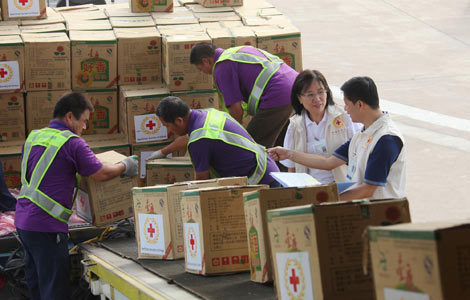
|

|
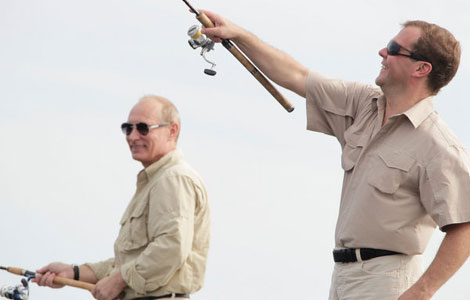
|
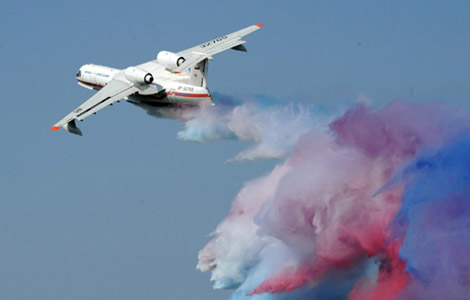
|
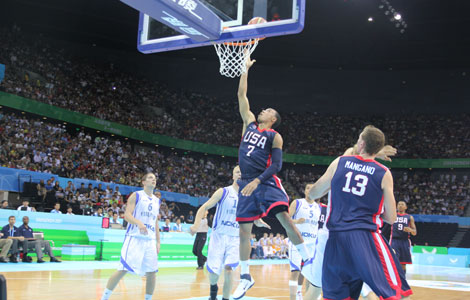
|

|


